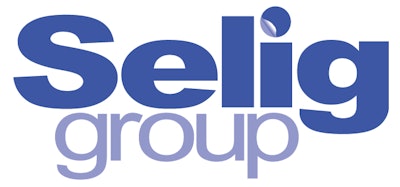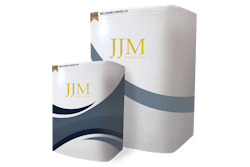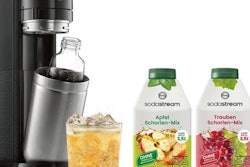
This content was written and submitted by the supplier. It has only been modified to comply with this publication’s space and style.
Selig Group, a global expert in container sealing and venting packaging solutions, has published its first sustainability report, highlighting significant progress in both product solutions and manufacturing operations. The company has achieved substantial reductions in Scope 1 and 2 emissions, can now offer more sustainable alternatives to over half its product portfolio, and ranks in the top 35% of companies assessed by EcoVadis for sustainability.
Sustainable product solutions – Selig offers a more sustainable alternative to 57% of its product portfolio. These include down-gauged and lighter-weight structures, products containing post-consumer resins (PCR), material derived from advanced recycling, and mono-material offerings. The company is proud to be the first manufacturer to offer a perfluoroalkyl substance non-intentionally added (PFAS-NIA) solution to its full range of induction heat seal products. Selig has launched a research partnership at Virginia Tech to develop a foil-free induction liner and is prototyping a biodegradable foam liner, and mechanical and chemical recycling for induction liners.
Responsible operations – Selig has achieved a 63% reduction in absolute Scope 1 and 2 emissions compared to 2022 and an 82% reduction in the use of high-GWP HRC gases in production. Manufacturing has been streamlined to promote closer to ship-to-customer delivery, five out of eight production sites are now zero waste-to-landfill, and a landfill diversion initiative has been launched to target customers’ waste. Workforce safety remains Selig’s #1 priority, and recordable health and safety incidents have declined 25% in the last three years.
“We are proud to publish our first sustainability report, and share the significant progress towards Selig’s sustainability goals,” said Adam Sheridan, President Selig Group. We still have more to do to achieve our goals and provide sustainable alternatives for at least 80% of our products by 2026, and reduce Scope 1 and 2 emissions by 10% and achieve a 10% reduction in waste to landfill by 2030. We look forward to continued collaboration with our customers, suppliers and partners to ensure a better future for our teammates, communities, and customers.”






















